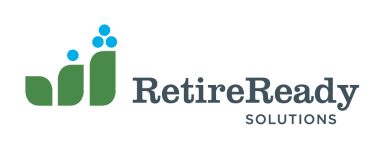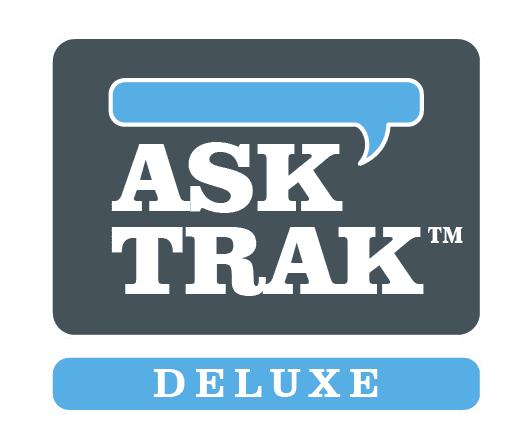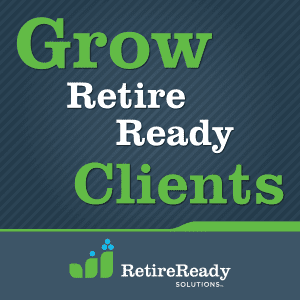Don’t Settle – Get Higher Contributions
A 2018 study by J.P. Morgan shows that automatic enrollment increases the number of Americans saving for retirement. This is an important step in the right direction, but are they saving enough? The 401(K) market space has significant room for higher AUM and participant engagement. Ready! Fire! Aim? 2018, a J.P. Morgan report correlates current trends with the future implications of participants’ saving patterns—as well as insights into how advisors serving 401(k) plans can increase their business.
RetireReady Solutions believes education is the key to navigating the challenges of guiding clients through retirement years, helping young Americans establish a secure financial future, and increasing AUM for advisors.
More than 51% of 25-year-old participants in J.P. Morgan’s study began saving for retirement due to an automatic enrollment program. Multiple studies have shown that these programs improve participation. If participation is the goal, that’s great. But when a significant segment of participants doesn’t move beyond an average 3.3% contribution rate, auto-enrollment by itself is insufficient.
Once enrolled, younger employees need a push to increase their contribution rates. This can be done by implementing automatic contribution escalation programs or by helping participants visualize the impact of increased savings early in their careers. Given spending trends around retirement age, a 3.3% contribution rate simply won’t be sufficient for a comfortable retirement.
The study identified “subsequent shifters” as those who were auto-enrolled and later made rate changes, showing steady growth in their contribution rates. This group’s rate started at 5.5% at age 25, increased to 6.9% at age 45, and landed at 8.2% at age 65. While it’s no surprise that higher-income earners tend to contribute at the highest rates, those rates still fall short of the 10% recommended by many industry professionals. Middle- and lower-income earners tend to save less, borrow more, and withdraw earlier, pointing to a definite need for more education.
J.P. Morgan found that 56% of households experienced spending volatility as they entered retirement, and only 28% of participants remained in the plan three years after retirement. Spending in retirement is highly personal, based on an individual’s history, current situation, and personality. To educate plan participants on their retirement savings, plan sponsors should provide adequate resources or make professional advising available for participants. RetireReady Solutions provides a visual and interactive outlook of an individual’s retirement plan—an asset that can differentiate you as a top-service advisor.
Drawing on over 30 years of experience, RetireReady Solutions provides advisors the tools they need to engage participants with a personalized education that motivates participants to take action. Download a demo or check out upcoming webinars to explore comprehensive tools for one-on-one or group retirement planning. Visit our 401k Solutions page or call 503.831.1111 for more information.



